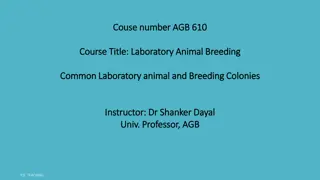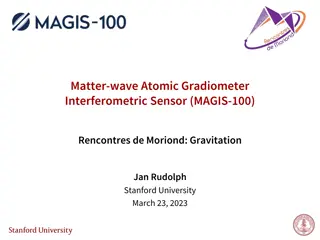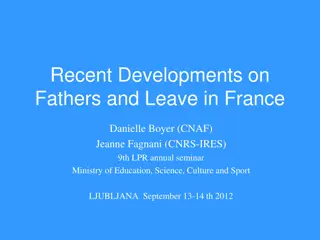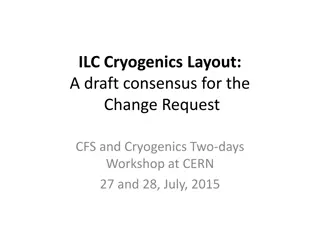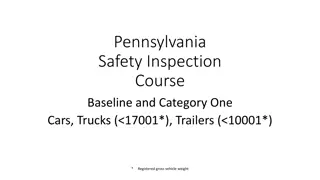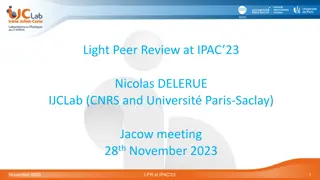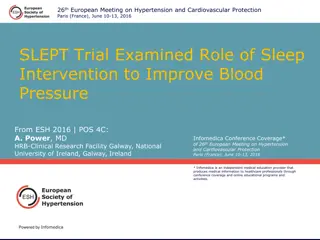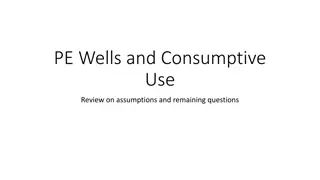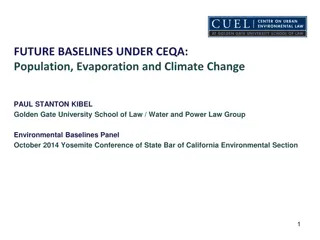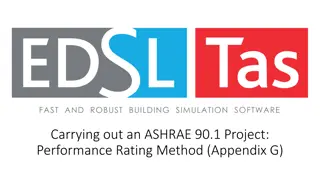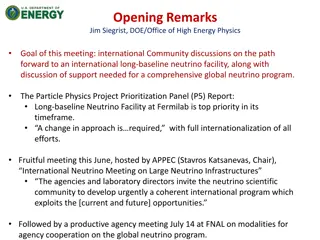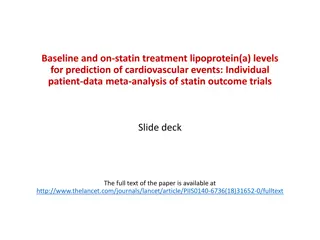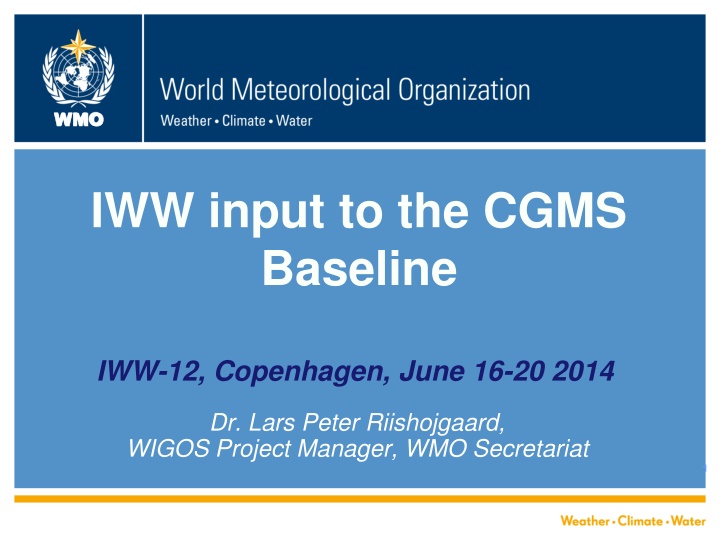
Integrated Global Observing Systems and CGMS Baseline Overview
Discover the framework of WIGOS and CGMS Baseline for integrating WMO observing systems, space-based components, and operational contributions to the GOS. Explore the essential missions and impact of AMVs in weather prediction.
Download Presentation

Please find below an Image/Link to download the presentation.
The content on the website is provided AS IS for your information and personal use only. It may not be sold, licensed, or shared on other websites without obtaining consent from the author. If you encounter any issues during the download, it is possible that the publisher has removed the file from their server.
You are allowed to download the files provided on this website for personal or commercial use, subject to the condition that they are used lawfully. All files are the property of their respective owners.
The content on the website is provided AS IS for your information and personal use only. It may not be sold, licensed, or shared on other websites without obtaining consent from the author.
E N D
Presentation Transcript
WMO WMO IWW input to the CGMS Baseline IWW-12, Copenhagen, June 16-20 2014 Dr. Lars Peter Riishojgaard, WIGOS Project Manager, WMO Secretariat 1
WIGOS and the CGMS Baseline WMO Integrated Global Observing System (WIGOS): a framework for integrating all WMO observing systems under one umbrella (GOS + WMO Hydrological Observing Systems, observing components of GAW and GCW) Regulatory Material is under development, with the aim of submitting it to WMO Congress in May 2015 Manual on WIGOS includes a description of the space-based component; this is provided by the CGMS Baseline (included as an attachment to the manual) 2
The CGMS Baseline WMO WMO The CGMS Baseline for the Operational Contribution to the GOS is a document adopted by CGMS-39 in 2011 The opening paragraphs reads: In support of the programmes coordinated or co- sponsored by WMO for weather and climate, CGMS Members plan to maintain the operational capabilities and services described below, that constitute the CGMS baseline for the operational contribution to the GOS . 3
The CGMS Baseline (II) The Baseline describes the GEO sub-system (the WMO WMO Constellation in Geostationary Orbit ) as follows: At least six geostationary satellites shall be operated at evenly distributed locations with in orbit redundancy, and perform the following missions: a) Advanced visible and infrared imagery (at least 16 spectral channels, 2km resolution) over the full disc at least every 15 minutes b) Infrared sounding (hyperspectral on some positions) c) Lightning detection d) Data collection e) Space environment monitoring 4
The CGMS Baseline (III) and it continues to say: WMO WMO On selected positions, the following missions shall be performed: f) g) High spectral resolution UV sounding h) Solar activity monitoring Earth Radiation Budget monitoring What about satellite winds? 5
Impact of AMVs WMO WMO The Final Report of the Fifth WMO Workshop on the Impact of Various Observing Systems on Numerical Weather Prediction (Sedona, Arizona, USA, 22-25 May 2012) contains the following summary sentence: There is broad consensus amongst the global NWP centres that the same observation types tend to be the highest-ranked contributors to forecast skill: AMSU-A (microwave temperature sounder), AIRS/IASI (hyper-spectral infrared temperature and humidity sounders), radiosondes, aircraft observations and atmospheric motion vectors (AMVs) from geostationary and polar orbiting satellites, although not necessarily uniformly in this order. 6
Potential issue WMO WMO The CGMS Baseline talks about operational capabilities and services , and although AMVs are now recognized by WMO as a very important data-type, winds is not listed as a mission for the geostationary constellation Could (should?) be considered a driver for the design and operation of the constellation, in terms of e.g. Orbital spacing Scan mode (full-disc versus rapid) Data processing (temporal and spatial density, ) Data dissemination 7
Suggestion for IWW-12 WMO WMO Keep the wording of the CGMS Baseline in mind as you discuss product generation and data usage for AMVs during the Workshop Consider whether making explicit a wind mission for the geostationary constellation could help strengthen this element of the GOS in terms of data quality, data availability and homogeneity across the operators If necessary, provide any recommendations the IWG Co-Chairs and the CGMS Rapporteur, so that the CGMS Baseline can be amended and updated where needed. 9


